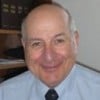Women Pilots of World War II
Four WASP in Full Flight Gear, B17 in Background
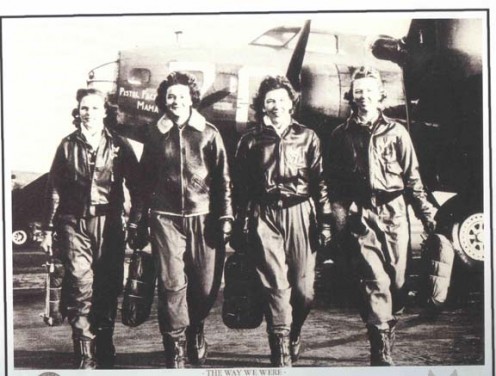
In World War II while the men were off fighting a war against the axis, the women were also contributing to the war effort. These were the women whose husbands and boy friends went off to war while the women worked on the assembly lines that turned out the weapons of war. Collectively, these women, were called "Rosie the Riviter."
But there was another group of young, courageous women who were called upon to fly military aircraft for the war effort. History has all but forgotten these women. They were called the WASP and that is what this article is about.
Who Were the WASP?
A general of the Army Air Force and a female aviator came up with the idea of having women pilots ferry military aircraft to their destinations. The General's name was Hap Arnold and the female Aviator was Jacqueline Cochran. Their program was called WASP (Women's Air Force Service Pilots). The program would train women who were already pilots to fly all types of military aircraft. They started recruiting and in no time 25,000 women across the country applied for the job. Out of all the applicants, 1,840 were selected to be in the program. After their flight training, it was understood that these women would become commissioned officers of the United States Army Air Corps.
Fifinella, the Official Mascot of the WASP, Designed by Walt Disney
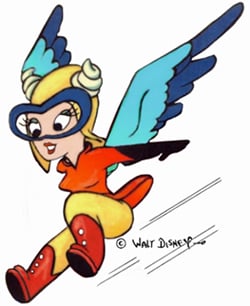
Avenger Field, Sweetwater Texas
Their flight training was to be done at Avenger Field in Sweetwater Texas, a God forsaken place where the wind blew all the time. It was hot in the summer and cold and snowing in the winter. For the most part, they were issued men's clothing except for their dress uniforms.
They had to tailor the flight overalls as they were too big. A flying Tinkerbelle like figure was designed by Walt Disney as their mascot. She was called Fifenella and stood above the headquarters building.
Their flight training consisted mainly of what any male military pilot would go through. They lived in meager housing that required some adjustments and tolerance to the conditions.
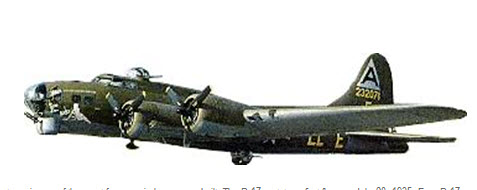
WASP Flew Over 60 Million Miles
Their jobs and missions included weather flights, test flights, repairing aircraft, and instructing.They flew every type of plane that was a available including high performance fighter planes and long range bombers. They flew strafing, night tracking and smoke laying missions. They towed targets for air-to-air and ground-to-air gunnery practice, with gunnery recruits firing live ammunition.
They ferried planes and transported cargo, personnel and parts of the atomic bomb. They even flew aircraft that male pilots refused to fly, including the B-26 "Widow Maker" and the B-29 "Super Fortress," to prove to the male pilots they were safe to fly. They flew with an unwavering urgency and a passion for their mission: to free male pilots for combat. WASP not only passed every test, they outscored their male counterparts. They flew over 60 million miles at 120 bases.
Jaqueline Cochran
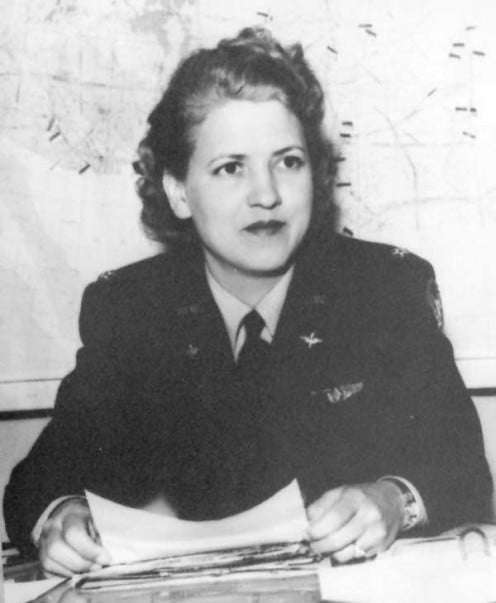
WASP Disbanded December 20, 1944
The program was quietly and unceremoniously disbanded on December 20, 1944. They were not given their commissions as promised, but they were given letters of commendation for a job well done. The reasoning for this was that that returning male pilots needed their jobs.
Of the 38 WASP that died while serving for their country, they were not given any military honors, because their official status was civilian. But their families did receive a letter of condolence. Their bodies were shipped home in cheap pine boxes with burial and funeral expenses paid for by the families or classmates.
Avenger Field Sweetwater Texas Where the WASP took thier Training
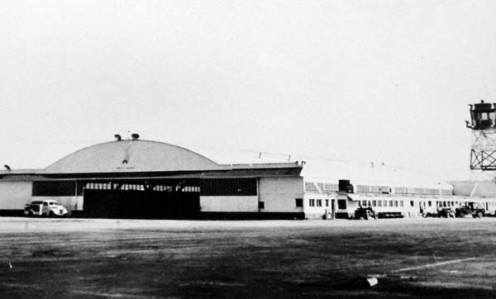
WASP, Wearing Men's Coveralls, Taking Flight Training
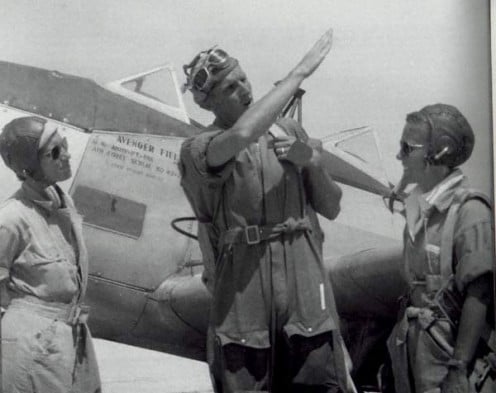
Learning About Engines
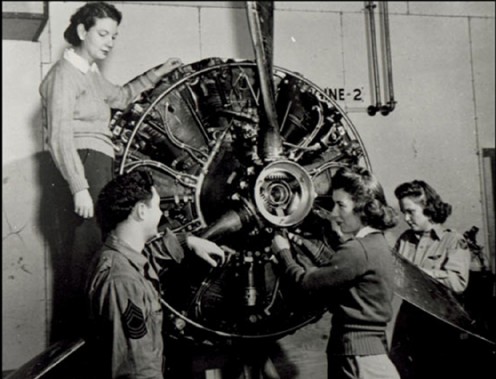
WASP Graduating Class
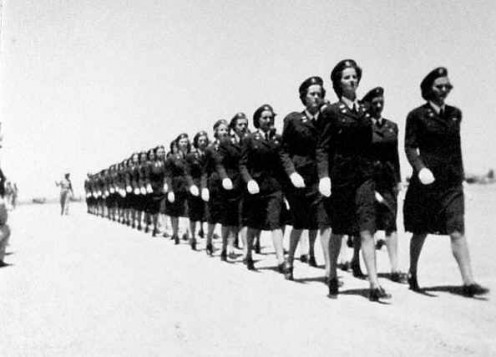
General Hap Arnold
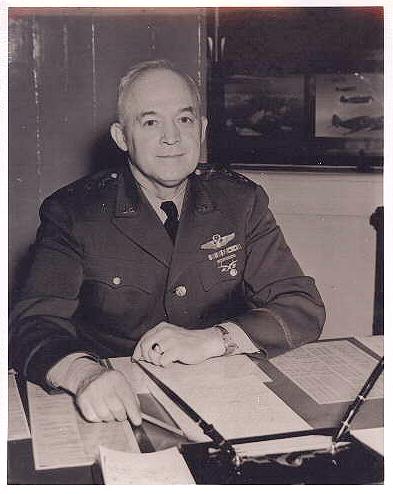
Conclusion
I wrote this article to honor and create an awareness of these courageous and noble young women who gave of themselves unselfishly and made great sacrifices to contribute to the war effort. They also paved the way for women combat pilots of today, but the WASP were never properly recognized for their deeds.
On 7 December 1944, in a speech to the last graduating class, General Arnold said,
"If ever there was any doubt in anyone's mind that women can become skillful pilots, the WASP have dispelled that doubt…You and more than 900 of your sisters have shown you can fly wingtip to wingtip with your brothers. …I salute you and all the WASP. We of the Army Air Force are proud of you. We will never forget our debt to you."
In 1975, President Jimmy Carter signed a bill making them retired military personnel.
For more information on the WASP, Click on the link
- WASP on the WEB--HOME
A tribute to the WASP of WWII, Women Airforce Service Pilots, first women in history to fly America's military aircraft.
